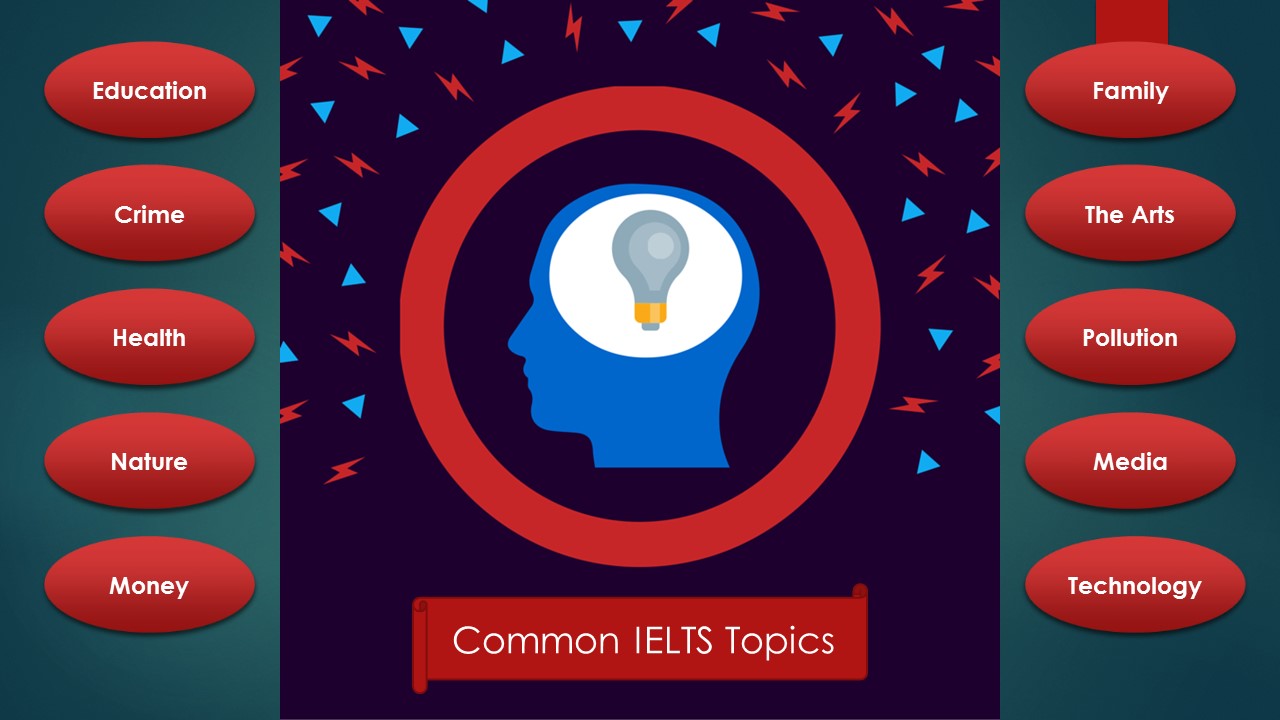موضوعات رایج در رایتینگ آیلتس : Global Challenges

موضوعات رایج آیلتس
در ادامه ی سری نوشته های مرتبط با موضوعات رایج آیلتس ، به سراغ یکی از مهم ترین موضوعات می رویم. موضوع چالش های جهانی شامل ریزموضوعاتیست که به وفور در بخش های رایتینگ و اسپیکینگ دیده می شوند. این ریز موضوعات در زیر فهرست شده اند:
- economic issues
- their impact on people and society
- changes in demographics
- movements of populations between countries and inside countries
- long term trends in population and industry
- severe global problems such as famine, drought and malnutrition, and also the possible causes of all these issues, their effects and possible solutions to them
نکته مهم در رابطه با این موضوع این است که ممکن است با دیگر موضوعات رایج آیلتس (برای مثال طبیعیت) همپوشانی داشته باشد. بنابراین در استفاده از واژگان میتوانید از هر دو موضوع استفاده کنید.
نمونه سوال
نمونه سوال زیر را به دقت بخوانید و سعی کنید برای آن یک plan آماده کنید. سپس نمونه پاسخ بند 9 را بخوانید و واژگان مناسب را یاد بگیرید. در آخر نیز مقاله خود را بنویسید. می توانید آن را در زیر این پست کامنت کنید.
‘Unemployment remains the biggest challenge to school-leavers in most countries’
How far do you agree with this assessment? What other challenges face young people today?
(school-leavers = young people who leave school without going on to further studies.)
برای این تسک باید نظر شخصی خود را در رابطه با جمله ی اول بنویسید. باید ابتدا موضوع را معرفی کنید. سپس نظر خود را بیان کنید. و در ادامه توضیح دهید چرا همچین عقیده ای دارید. در واقع باید استدلال کنید. خیلی کوتاه، قبل از نتیجه گیری، در مورد موضع مخالف صحبت کنید. در نتیجه گیری موضع خودتان را دوباره بیان کنید. فراموش نکنید که به بخش دوم سوال تسک نیز در بدنه ی مقاله تان پاسخ دهید.
نمونه پاسخ
Youth unemployment is certainly a worrying challenge for most countries, especially at a time of economic instability and social unrest. However, to say that this is the largest issue is to overlook a range of equally pressing matters, as we will discuss now.
.
It must be admitted that joblessness can undermine a young person’s economic prospects and consequent social mobility. Nevertheless, this issue can be ameliorated by coordinated action between the state and the private sector, as we have seen, for instance, in Canada recently. When this is realized, we can see that other concerns are at least as serious.
.
Foremost among these is perhaps the issue of age demographics, whereby young people bear the burden for an increasingly elderly population with high longevity. This means that young people will pay higher taxes and work longer hours, possibly forcing them to migrate to countries where this pressure is lower. The effect of this is the ‘brain drain’ situation which can be seen in southern Europe, where young, ambitious people prefer to leave their countries altogether, exacerbating the problem for those remaining.
.
Furthermore, we must remember that a substantial proportion of young people globally face existential threats such as famine, drought or outbreaks of disease. These problems are often caused by (or are compounded by) civil war, political instability or the corruption of people in power locally. Such risks are a danger to their safety in addition to their livelihood, and so would appear to be far more serious than unemployment.
.
To conclude, it seems logical to accept that joblessness is a major challenge for young people. However, persistent trends in demographics among developed countries and the presence of physical dangers in developing countries should be regarded as at least as severe.
(words: 290)



